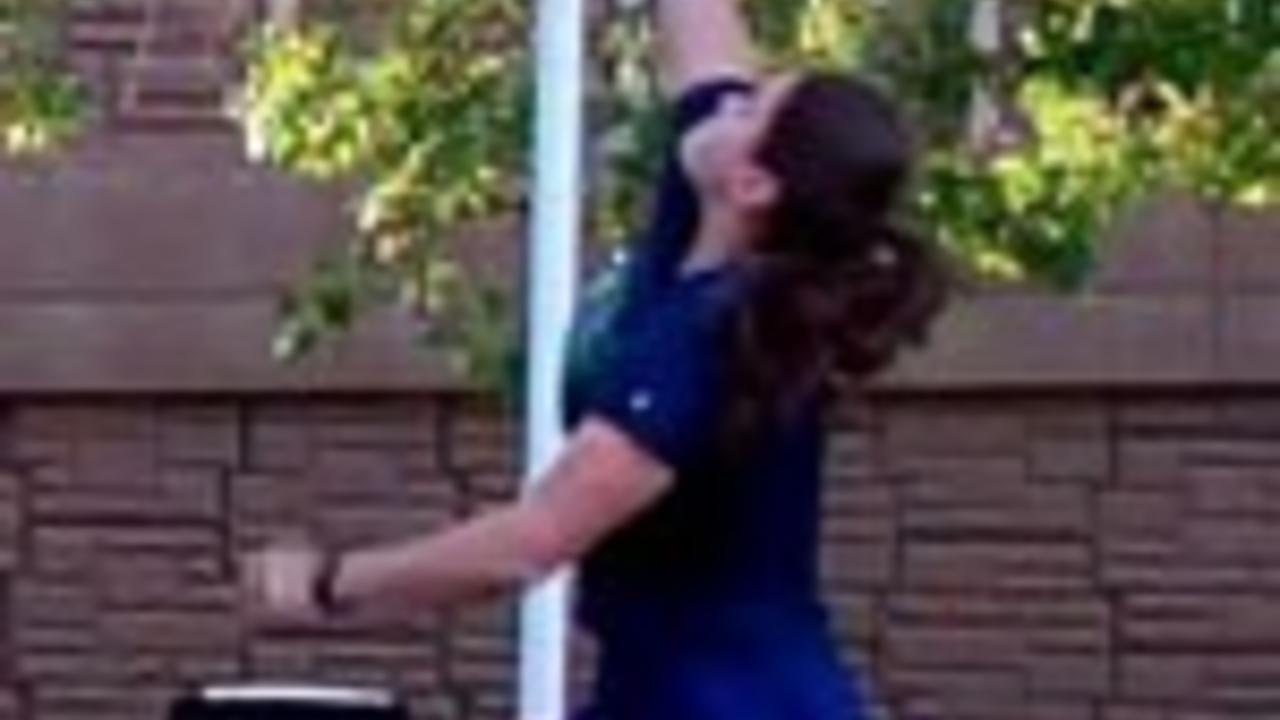One Simple Secret for Learning How to Jump

We know that throwing is a motor skill but we often don’t think of running, cutting, and jumping as motor skills too. It seems strange to think of motions you’ve been doing since you were three as motor skills that you need to work on. Everyone can run, but elite-level sprinters spend a lot of time refining the motor skill of running to near perfection. All ultimate players (well, maybe not the handlers) know how to jump. But how much more height could we get if we practiced our jumping form?
So how do I practice my jumping form?
A compilation of research from the lab of Gabriele Wulf shows that motor skills learning and performance are influenced by what the mind chooses to concentrate on. She compares the effects of internal vs external focus. If you are internally focused, you are thinking about your own body parts or movements. If you are externally focused, you are thinking about an implement outside the body or the effects the movement of your body has on the environment.
To illustrate how this makes a difference in jumping, I’ll use myself as an unfortunate example. Some background info: I have an above-average standing vertical of 22 inches. However, I suck at jumping off one leg or from a running start.
Internal Focus of Attention
In this video, I am trying to practice my 3 step approach. I am attempting to reach into the air with the same hand that corresponds to the leg that is up (basketball layup style). This is an example of an internal focus because I am actively trying to coordinate my arms and legs. Some attempts are more successful than others. My favorite is the last attempt in which I cycle my legs midair in an effort to pretend I did it correctly. yikes!
External Focus of Attention
Now here is a video of me jumping two days later. No practice occurred between the first and second videos. The only difference is that I am focused only on trying to hit the next rung on my vert tester rather than trying to do anything with my arm/leg coordination. This is an example of an external focus. In this set, I am effortlessly much more coordinated.
Using External Focus of Attention in Training
You may need to spend some time consciously working on your three-step approach to groove the right coordination pattern. However, just as in throwing, you should focus on the effects of your jumping as soon as possible rather than the jumping itself.
The Sport-Specific Method
The most sport-specific training for working on your vertical would be jumping for discs that are thrown over your head. This will help your motor skills but it will be difficult to know whether each rep is your maximum effort. Efforts at 90% of your maw height or above are needed in order to increase your maximum vertical jump height.
The Max Effort Method
This is where a vert jump tester comes in handy. With each jump, the goal is to hit the next rung. You will also know when you have become too fatigued to gain additional training benefits when the height of your jumps decreases. This method will work best for those who are already confident in the motor skills and timing of their skying abilities. This approach is best for purely increasing your inches off the ground. It also works well when training partners are not available.
The Competition Method
Competing with a well-matched teammate for a disc in the air may be the best way to practice your vertical. The most difficult part of this method may be finding a skilled thrower who can purposefully and reliably throw high but not overly floaty hucks. Playing 500s or going after floaty/hanging throws will help with your standing vertical more than your three-step approach vert. Competition against a partner will ensure that you are actually jumping at your max height assuming your motor skills are already adequate.

